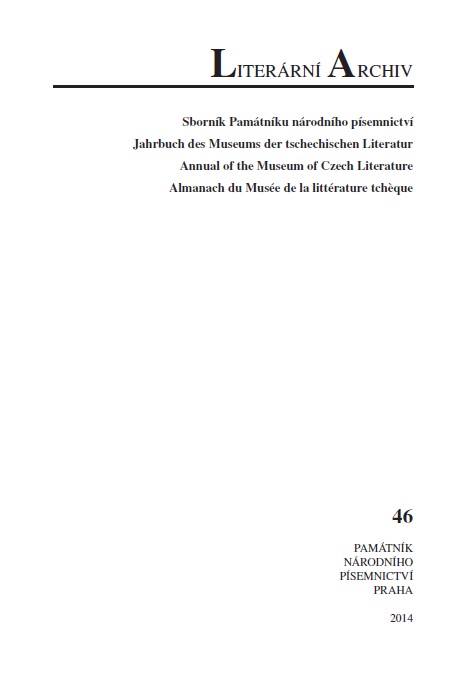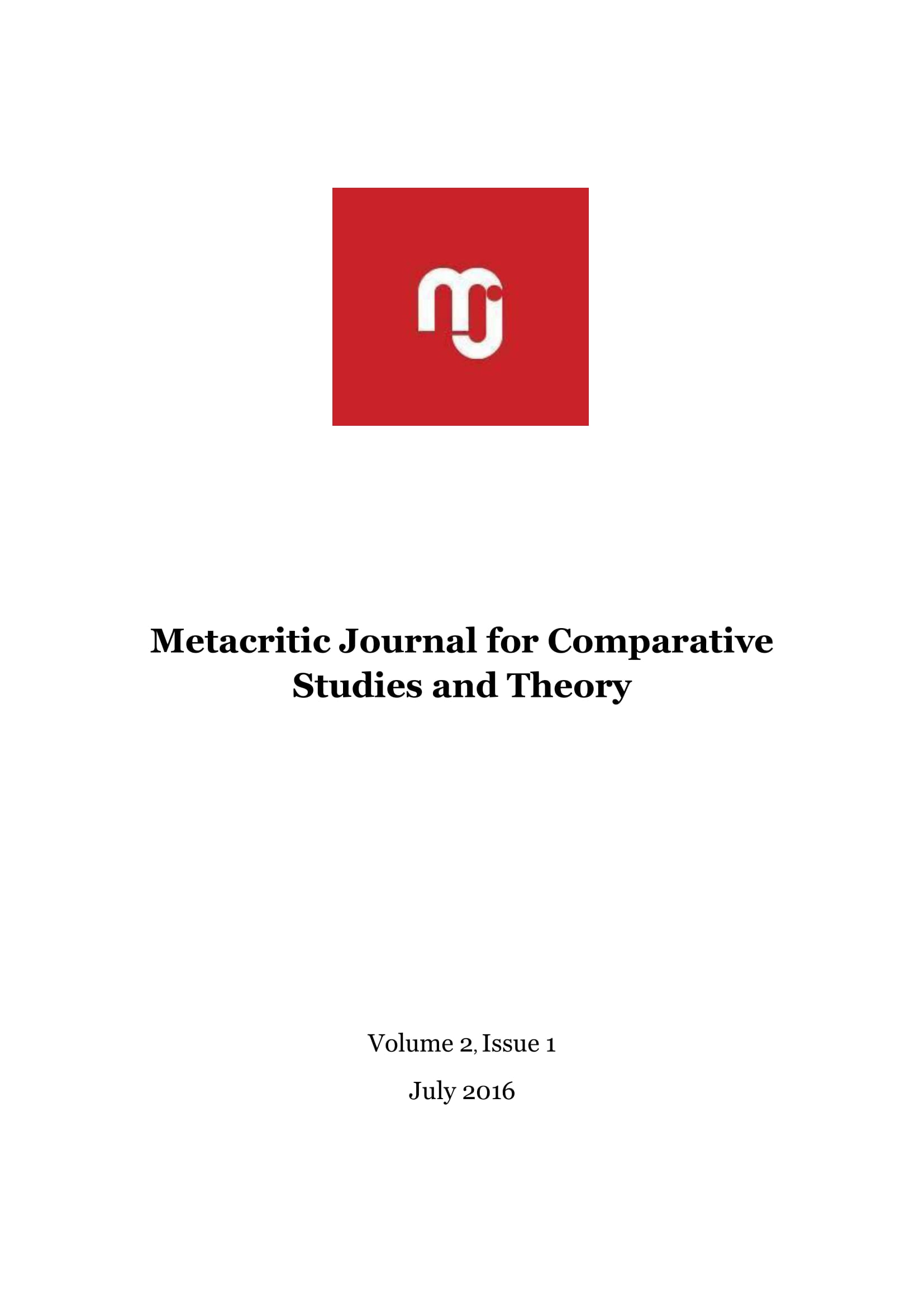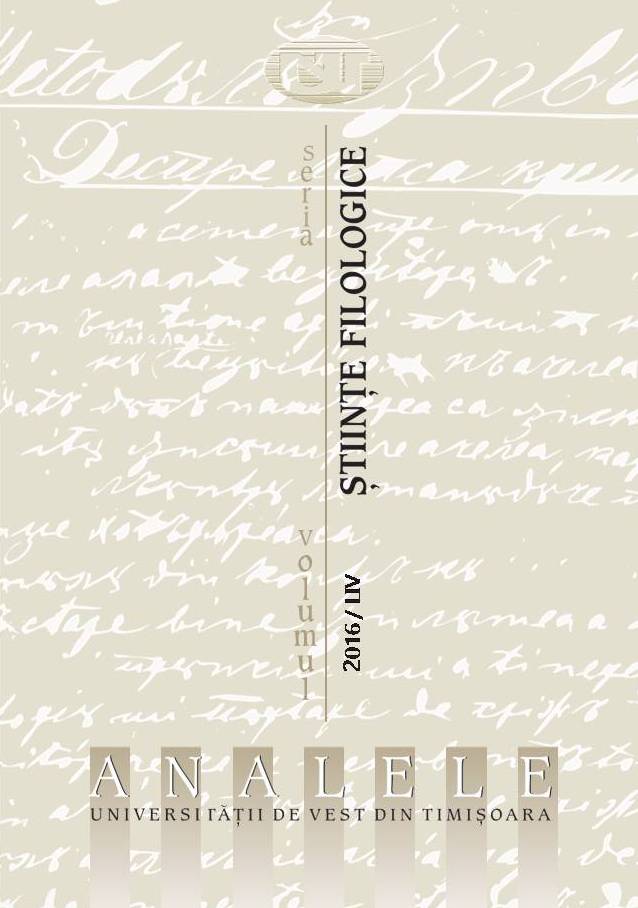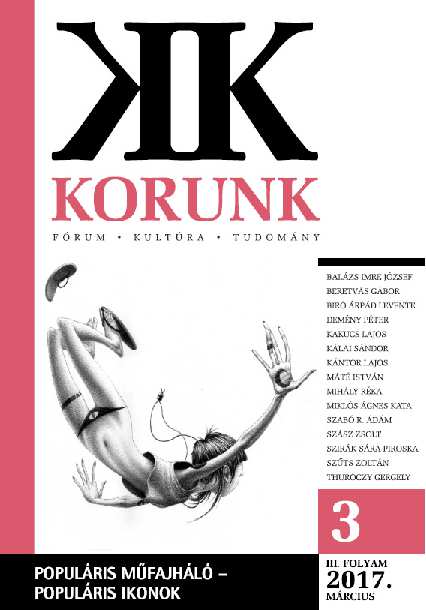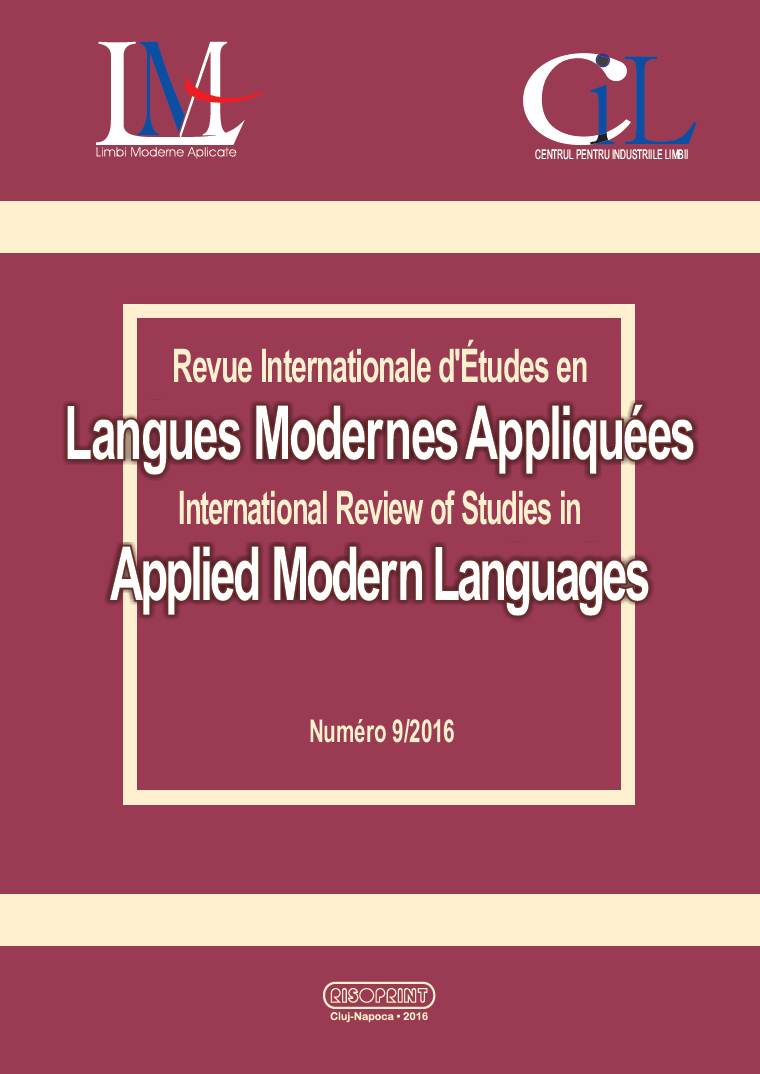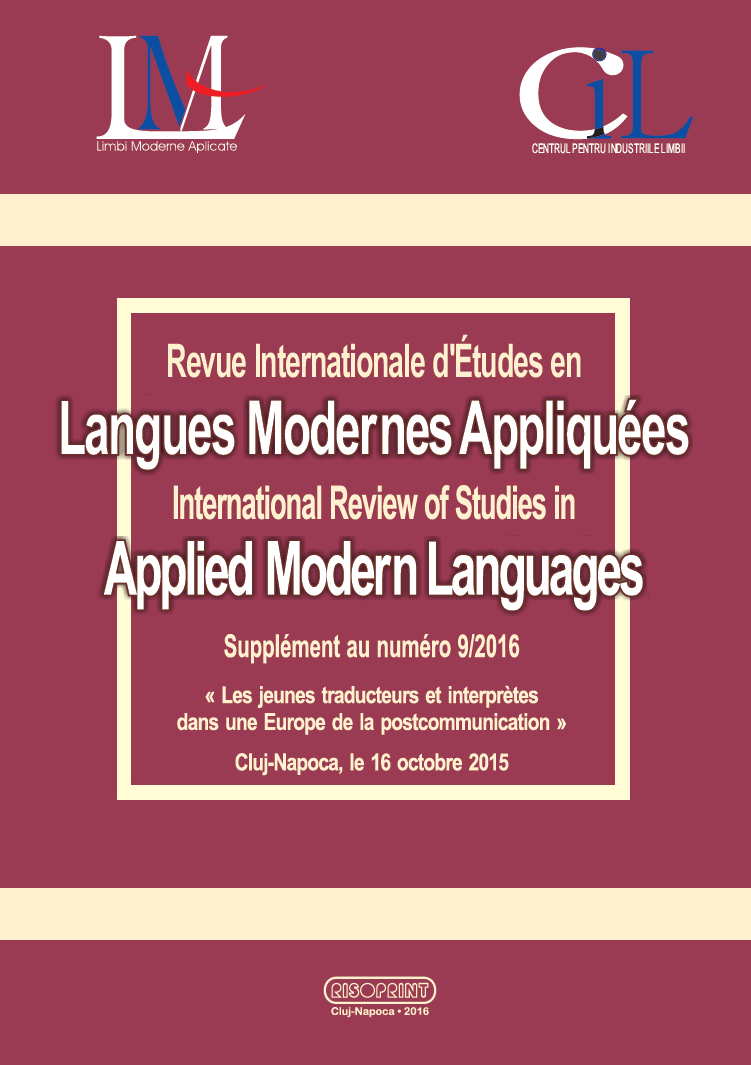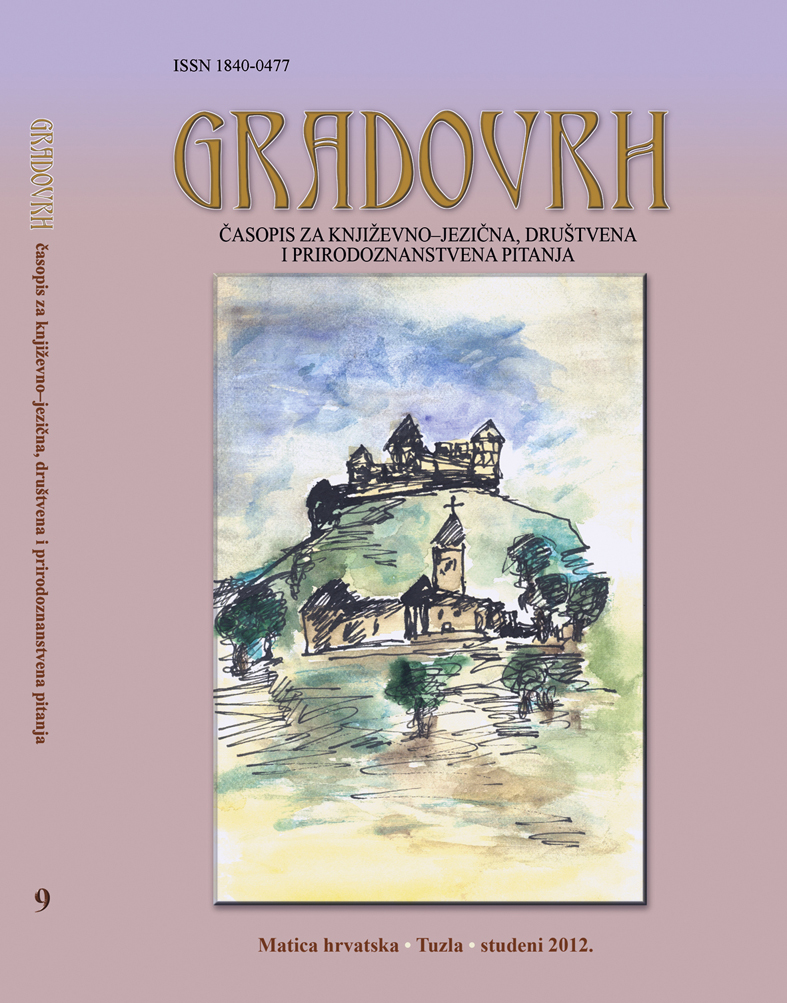
Der Lokativ des Ortes und seine Entsprechungen im Deutschen
Poređenje jezika postaje komplikovano ukoliko za određene jezičke pojave ne postoje paralelni ekvivalenti u jeziku cilju. To je slučaj npr. u poređenju jezika kao što je bosanski, koji raspolaže sa sedam različitih padeža sa njemačkim koji ima samo četiri padeža.Abraham (1977:26) se poziva na Greenbergovu tvrdnju da se "padeži različitih jezika ne mogu porediti – dva padežna sistema mogu imati različit broj padeža, ali nazivi padeža mogu skrivati njihovu funkcionalnu razliku -, ali se može porediti upotreba padeža."Isto važi za lokativ, koji se u bosanskom jeziku uvodi prijedlogom i često ima značenje mjesta. Iako neki glagoli zahtijevaju upotrebu lokativa, danas ne govorimo o dopuni u lokativu. Kao prijevodni ekvivalenti značenja mjesta, čiji su oblici u bosanskom jeziku prijedložne fraze uvedene prijedlozima u, na, po, prema i pri, javljalju se situativne dopune i mjesni prilozi sa prijedlozima in, an, auf, vor, um, durch, zu, zwischen, gegenüber i priloške fraze.
More...
